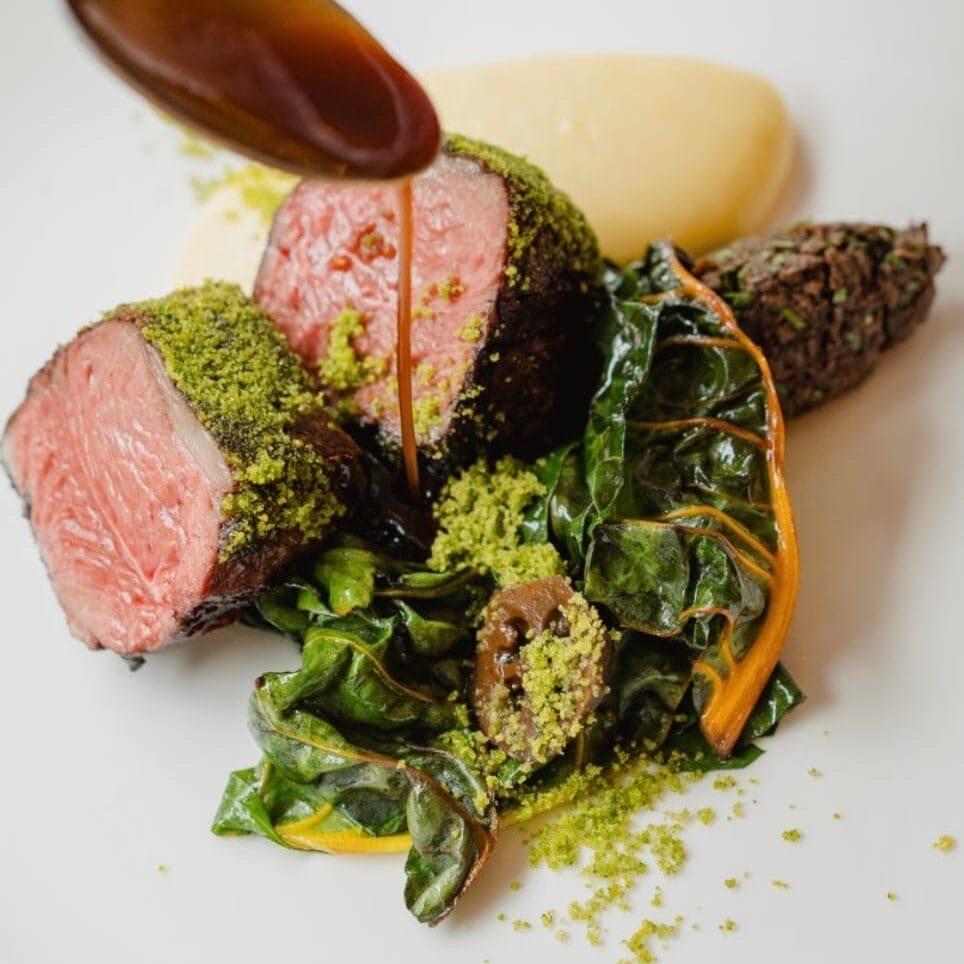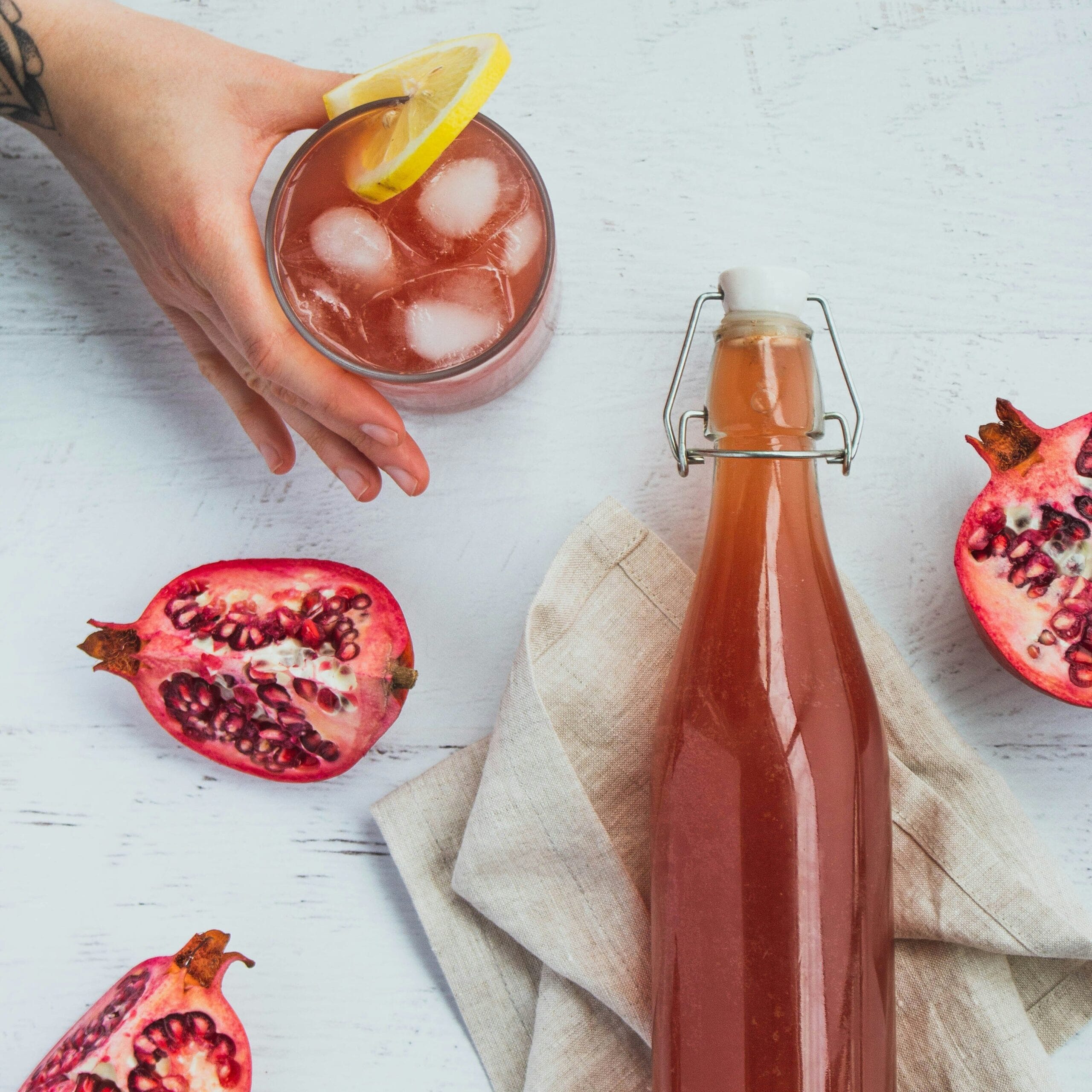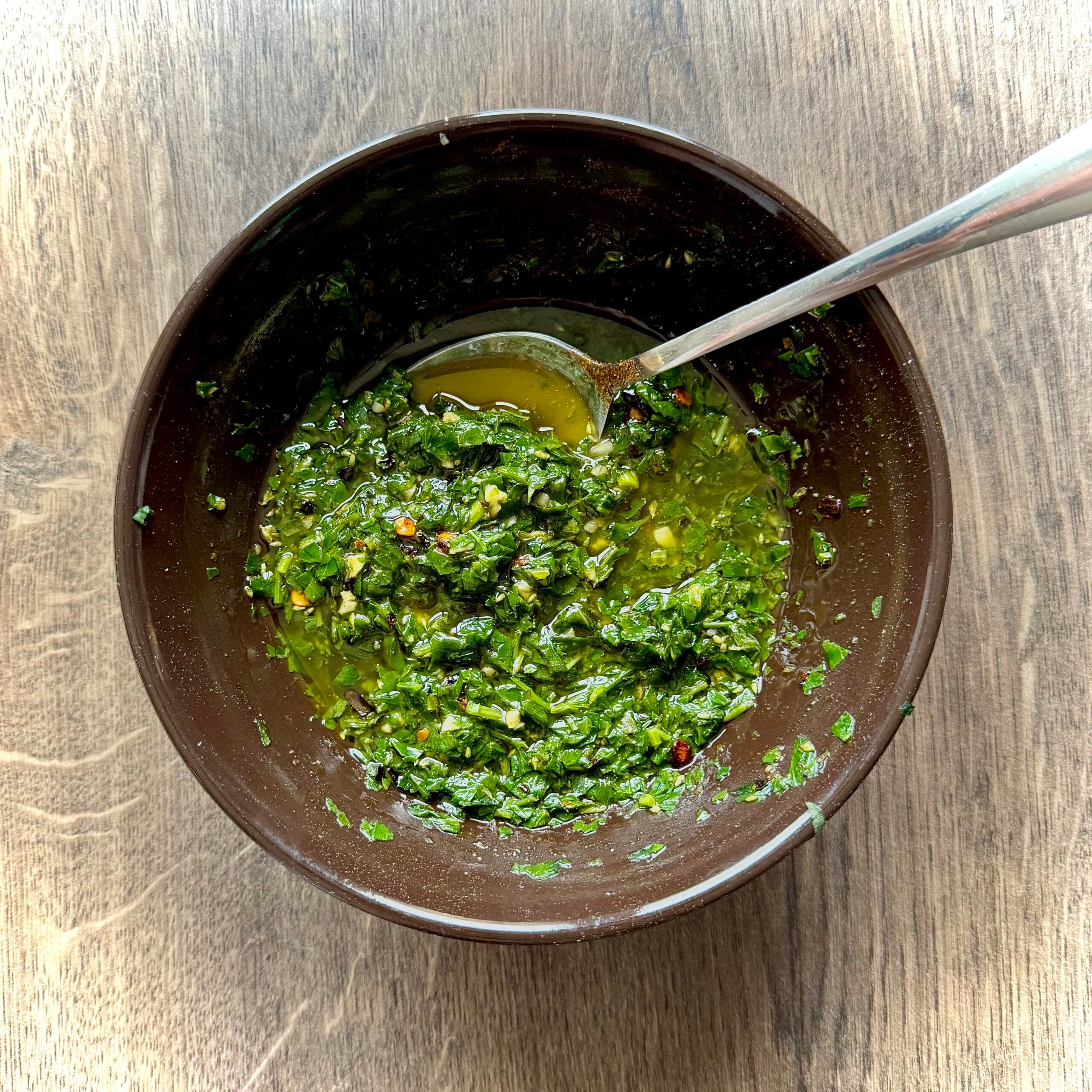Café de paris butter
ingredients
- 200g unsalted butter, softened
- 1 shallot, finely minced
- 1 garlic clove, finely grated
- 1 tsp Dijon mustard
- 1 tsp capers, chopped
- 1 tsp anchovy paste or 2 anchovy fillets, minced
- 1 tsp Worcestershire sauce
- 1 tsp Cognac or brandy
- 1 tsp fresh lemon juice
- 1 tsp paprika
- A pinch of curry powder
- A few drops of Tabasco
- 1 tbsp chopped fresh parsley
- 1 tsp chopped tarragon
- Salt and freshly ground black pepper to taste
instructions
Start by allowing the butter to soften at room temperature until it’s pliable but not melted. Meanwhile, finely mince the shallot and garlic, and prepare the rest of the ingredients. In a mixing bowl, combine the softened butter with the shallot, garlic, Dijon mustard, chopped capers, anchovy paste, Worcestershire sauce, Cognac, lemon juice, paprika, curry powder, and a few drops of Tabasco if you like a touch of heat. Mix everything thoroughly until smooth and well-blended. Then fold in the freshly chopped herbs—parsley, tarragon, and chervil—and season the mixture with salt and freshly ground black pepper to taste.
Once the butter is evenly mixed, transfer it onto a sheet of parchment paper or plastic wrap. Shape it into a log, wrap it tightly, and refrigerate for at least one to two hours, or ideally overnight, to allow the flavours to develop fully. When ready to serve, slice a generous disc of the Cafè de Paris butter and place it over a freshly grilled steak or other hot protein, letting it melt into a rich, aromatic sauce.








